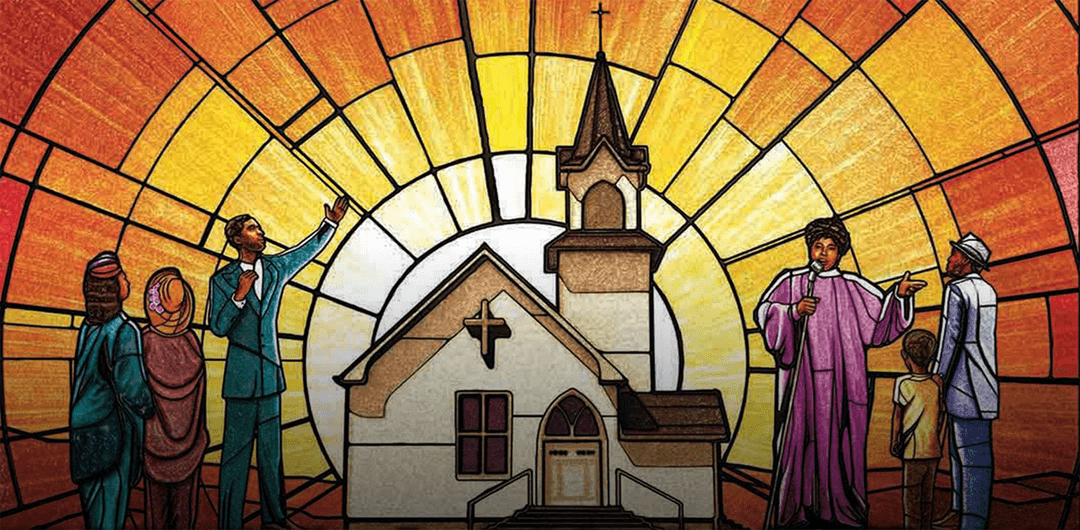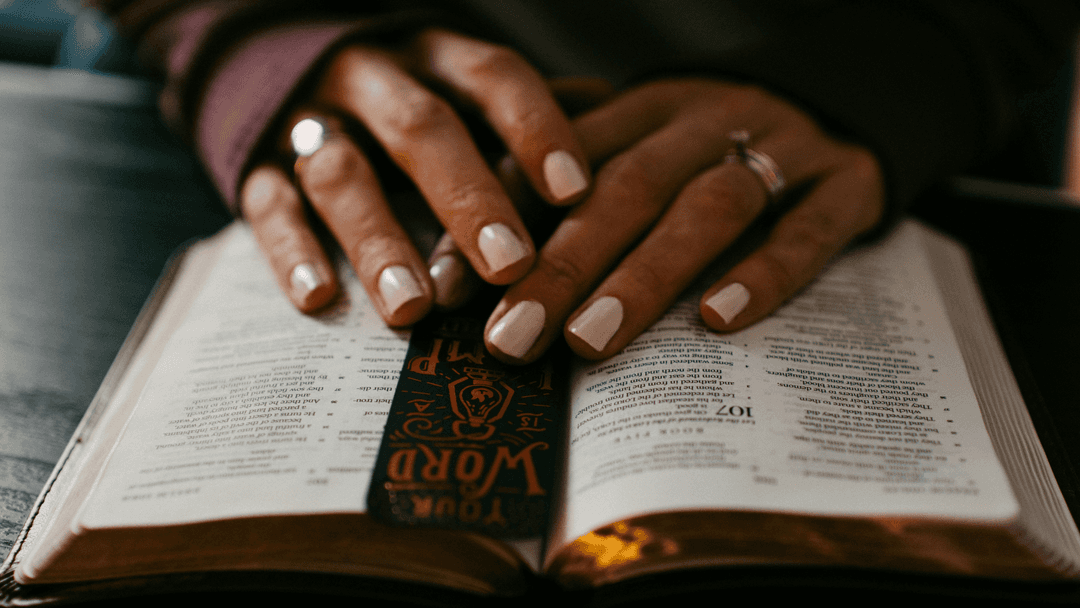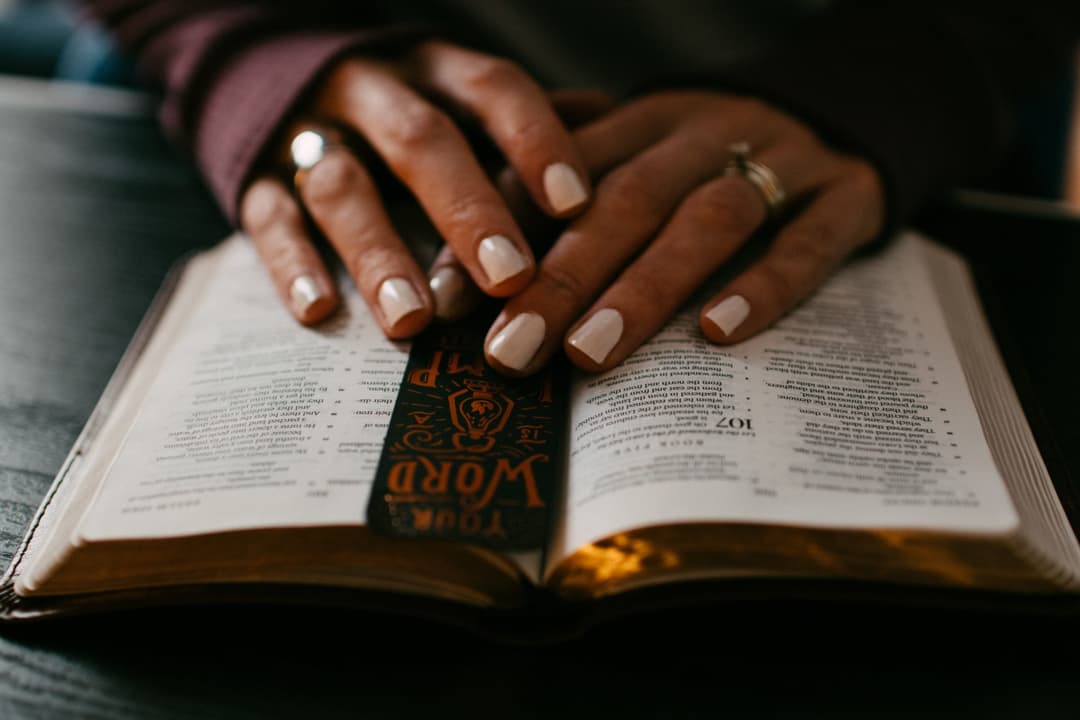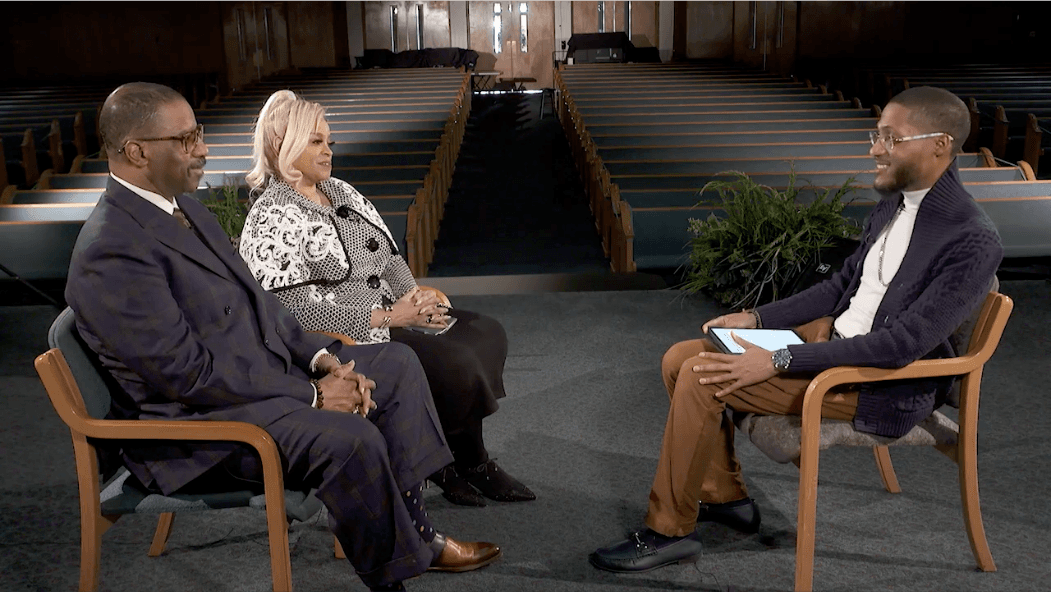Portrait of Black Madonna Still Stands as Symbol of Black Liberation
Mar 29, 2021
From the Black Church in Detroit series, produced in partnership with the Ecumenical Theological Seminary and Charles H. Wright Museum of African American History, American Black Journal explores the history of women in the Black church with a look at the portrait of the Black Madonna, which was unveiled at the Shrine of the Black Madonna in Detroit in 1967.
Erika “Nireti” Butler, general counsel and assistant secretary at the church, as well as Judge Cynthia Stephens, an executive committee member of the church, and Bishop Mbiyu Chui come together to talk about the church’s founding and the creation of Black liberation theology. Plus, the trio discusses the social and cultural impacts of the portrait, and the significance of showing diverse versions of the iconic image. Producer Marcus Green has the story.
Watch Now:
[et_pb_video src=”https://www.youtube.com/watch?v=I3N_BxhrogY” _builder_version=”4.16″ _module_preset=”default” global_colors_info=”{}”]
Full Transcript:
Erika “Nireti” Butler, General Counsel & Assistant Secretary, Shrine of the Black Madonna I call upon my brothers, I call upon my sisters, together, we can overcome evil and injustice in this world if we choose to act with courage and conviction.
Judge Cynthia Stephens, Executive Committee Member, Shrine of the Black Madonna Women in the church have always been the backbone of the church, but the backbone in the background, and that’s not where we are here.
Bishop Mbiyu Chui, Shrine of the Black Madonna The church started in 1953 after our founder, Rev. Albert B. Cleage Jr., left the Presbyterian Church, St. Mark’s Presbyterian, because he felt like he didn’t have the latitude to do the kind of social ministry that he wanted to do, and in 1962 they purchased this building, and it became The Central United Church of Christ. In 67 with the unveiling of the portrait of the Black Madonna, also came the launch of Black Christian Nationalism. That was the movement that gave birth to black liberation theology and everything we know about that struggle.
Judge Cynthia Stephens, Executive Committee Member, Shrine of the Black Madonna I heard all sorts of pushback. I heard, “That’s ridiculous.”. I heard, “Did you see? She’s so dark; she’s ugly.”. I heard, “Well, what’s that light skinned man doing with that dark baby and child up in his church? Everybody knows, blah, blah, blah.”. There was a lot of pushback. But, from then to now, it is amazing to see how many brown angels, brown Madonna’s, Brown Jesus, are in churches from the storefront to the big cathedrals.
Barbara- Rose Collins, Member, Shrine of the Black Madonna Some churches, the Baptist churches, some what you call holiness, the Sanctified churches, didn’t allow women in the pulpit. If a black woman was permitted to give the announcements to the church, she had to stand in front of the pulpit, not on the pulpit. And you didn’t hear of black women preachers.
Bishop Mbiyu Chui, Shrine of the Black Madonna It inspired a whole revolution of iconography, black iconography, not just religious, but also cultural and social iconography. So it had a tremendous impact on the culture and the social force of black communities, white community all across the world. And also, he wanted to pay tribute to the role of black women in our historical struggle for freedom and justice and equality, and who better to represent that than the mother of Jesus, Mary.
Judge Cynthia Stephens, Executive Committee Member, Shrine of the Black Madonna You know how they first started to talk about we as a community said, well, we needed representation, right? And so we wanted to see ourselves in various careers. Well, what better to see yourself as?
Bishop Mbiyu Chui, Shrine of the Black Madonna The mother of Jesus represents motherhood and the important role that women play in the family, in the community, but also, I think she’s an example of our willingness to serve God. So she represents that highest level of servanthood to be used as an instrument to do the work of God here on Earth every single day.
Judge Cynthia Stephens, Executive Committee Member, Shrine of the Black Madonna Amilcar Cabral said, “You can judge people by how they value their elders and their women.”. And people often think about that as, you know, value, put up on a pedestal, isn’t she pretty, let’s buy her something cute to wear, isn’t she lovely, I’ll open the door. I want a door opened, OK. And I love it when my husband buys me something pretty, but respect and making use of the talents. If you don’t fully make use of the talents of women, the community is forever robbed.
Subscribe to Detroit PBS YouTube Channel & Don’t miss American Black Journal on Tuesday at 7:30 p.m and Sunday at 9:30 a.m. on Detroit PBS, WTVS-Channel 56.
Catch the daily conversations on our website, Facebook, Twitter and Instagram @amblackjournal.
View Past Episodes >
Watch American Black Journal on Tuesday at 7:30 p.m. and Sunday at 9:30 a.m. on Detroit Public TV, WTVS-Channel 56.
Stay Connected
Subscribe to Detroit PBS YouTube Channel & Don’t miss American Black Journal on Tuesday at 7:30 p.m. and Sunday at 9:30 a.m. on Detroit PBS, WTVS-Channel 56.
Catch the daily conversations on our website, Facebook, Twitter, and Instagram @amblackjournal.
Related Posts
Leave a Reply
Your email address will not be published. Required fields are marked*


























